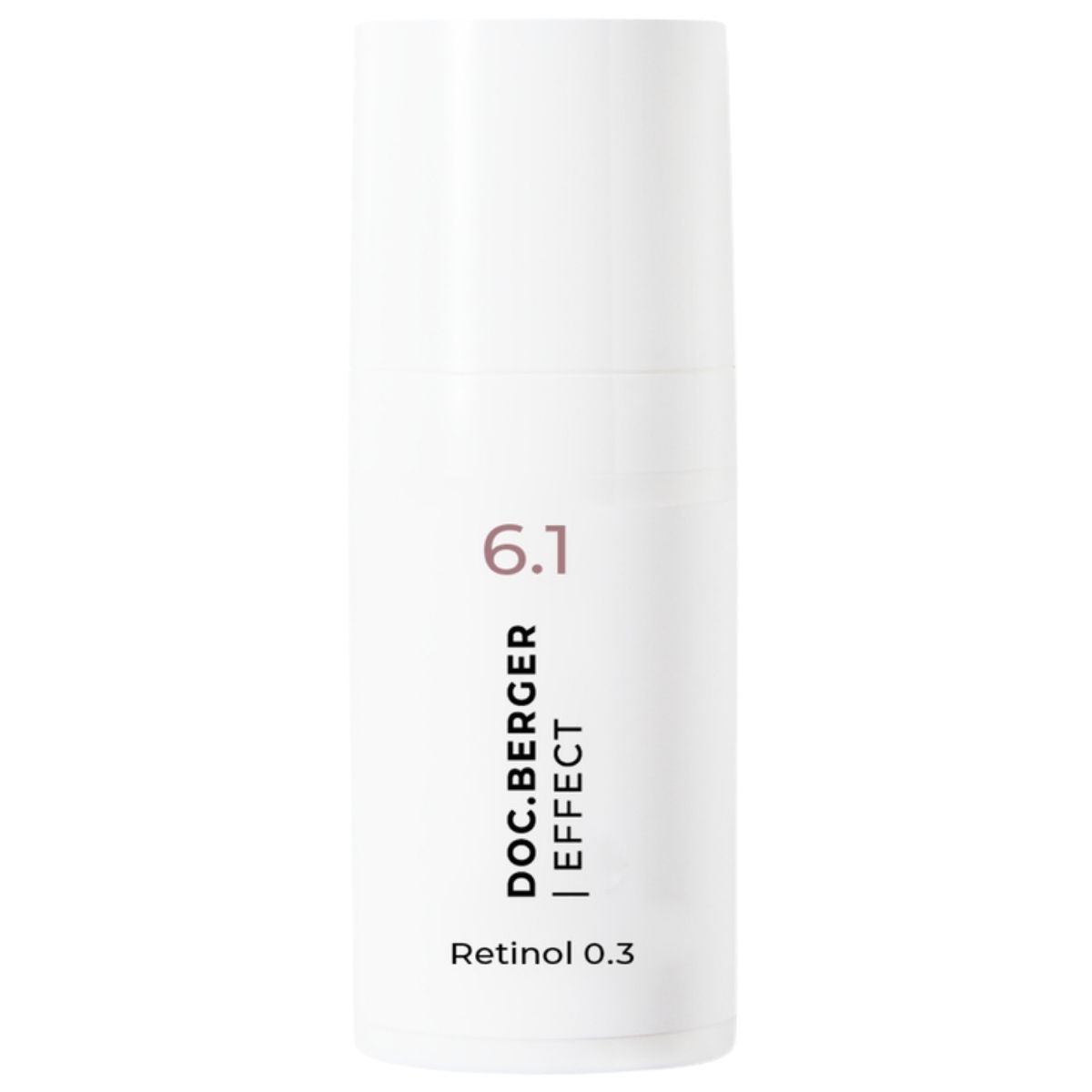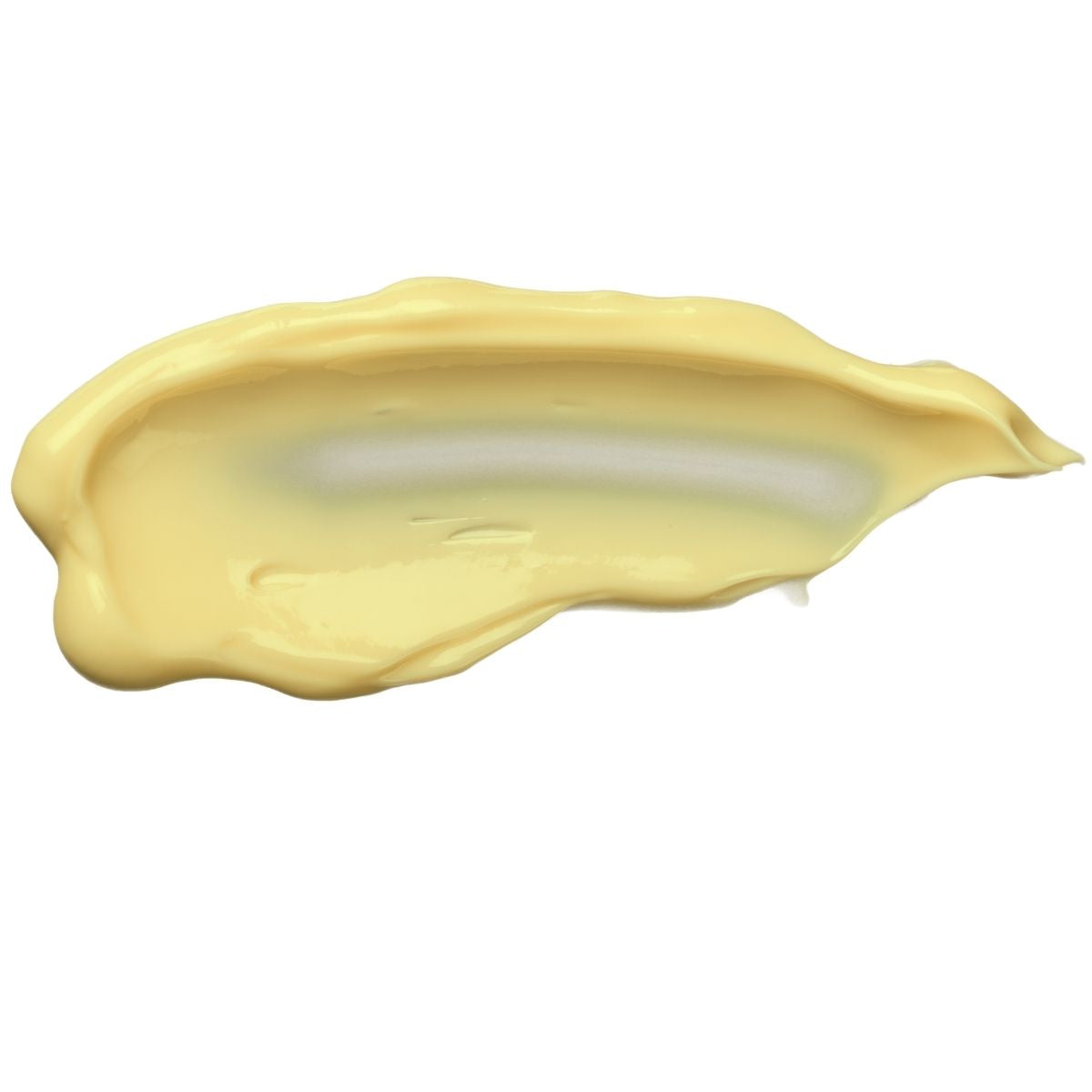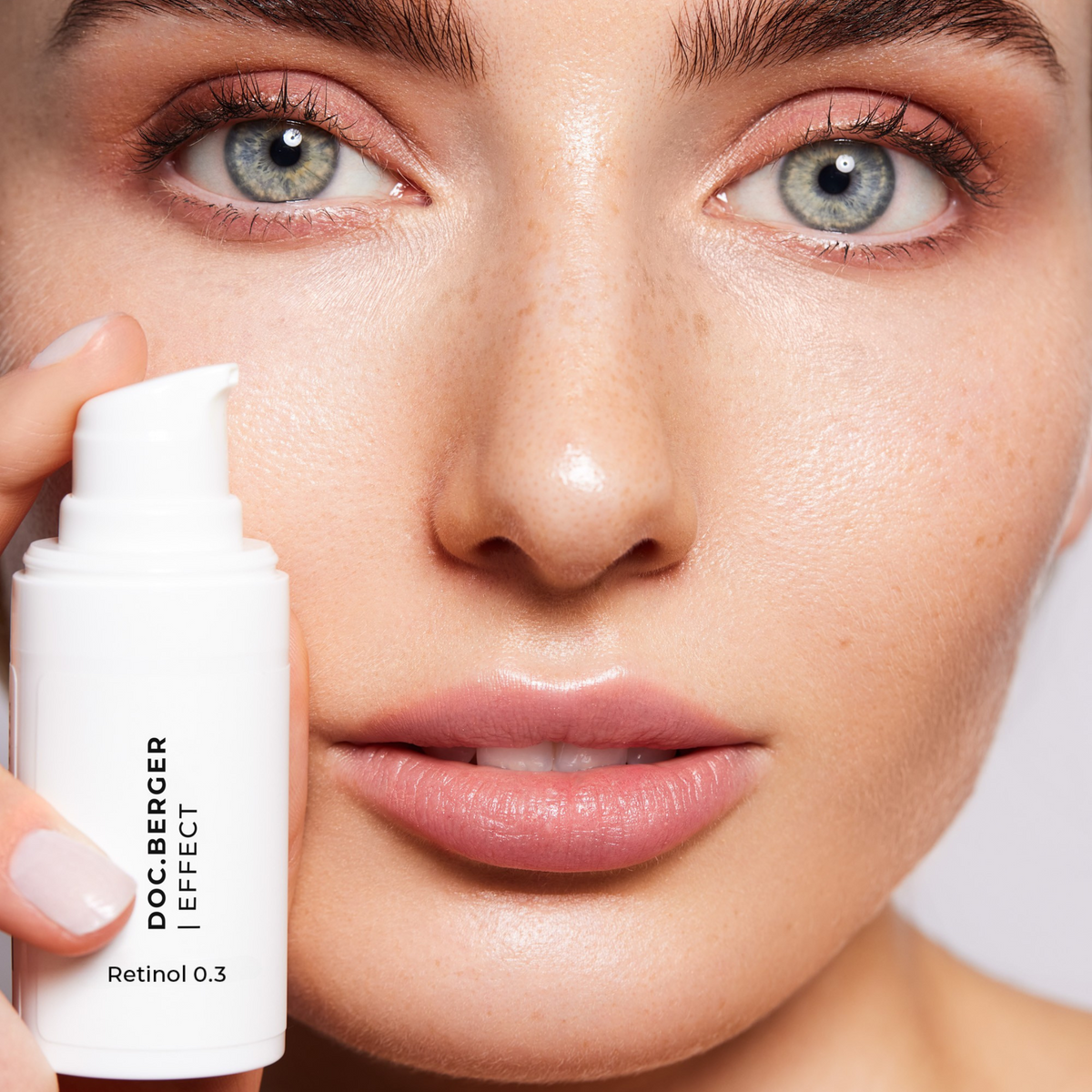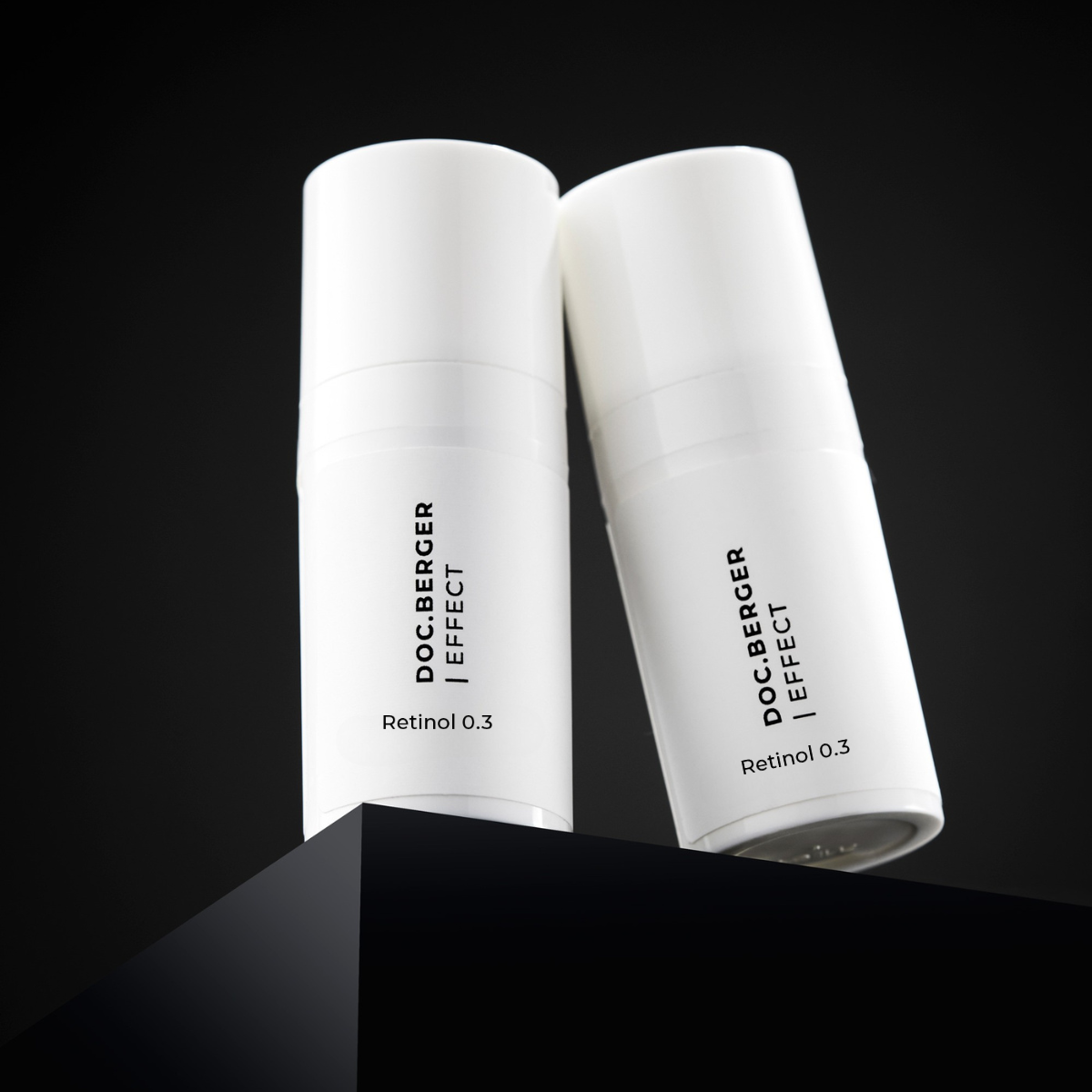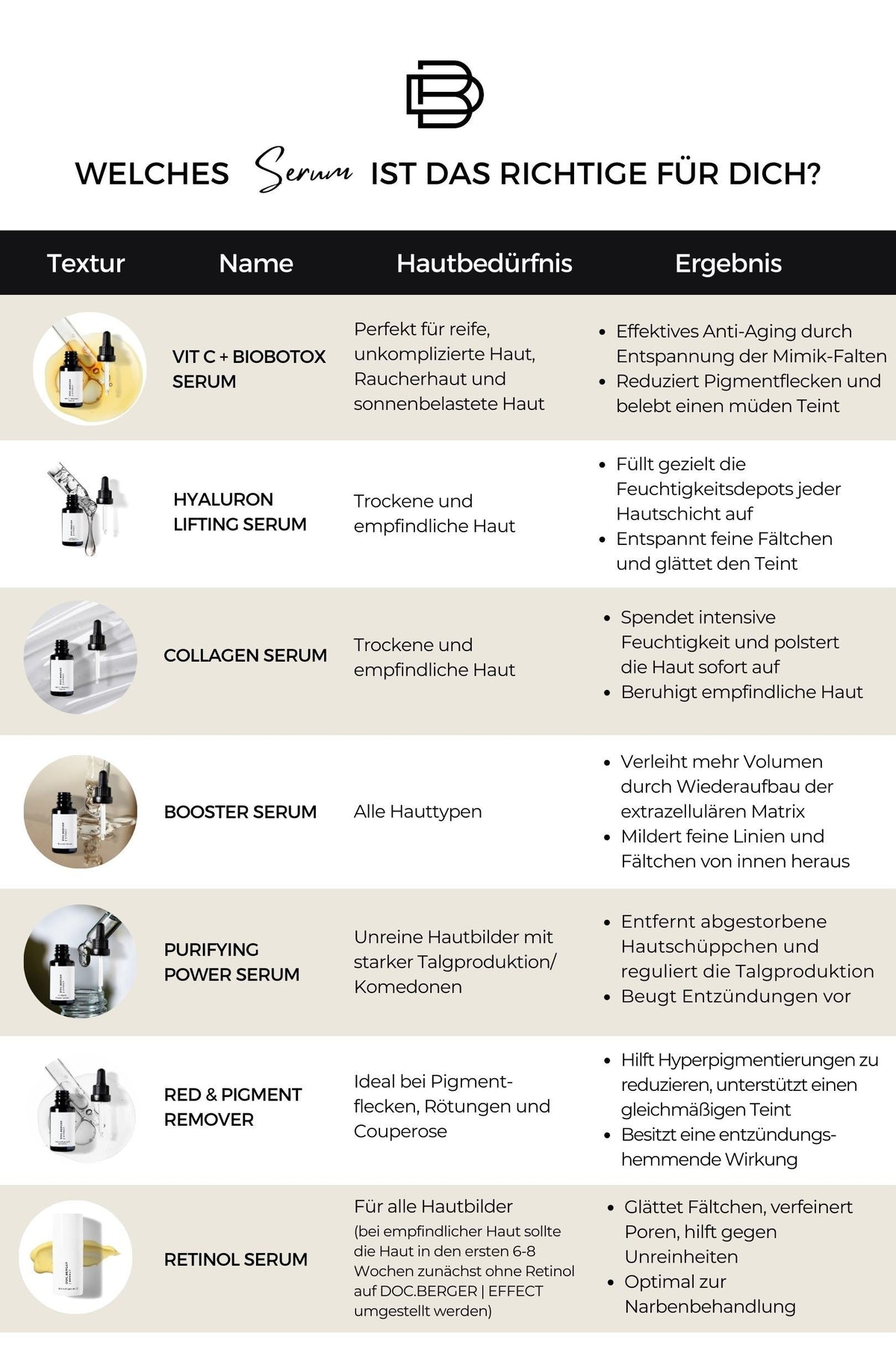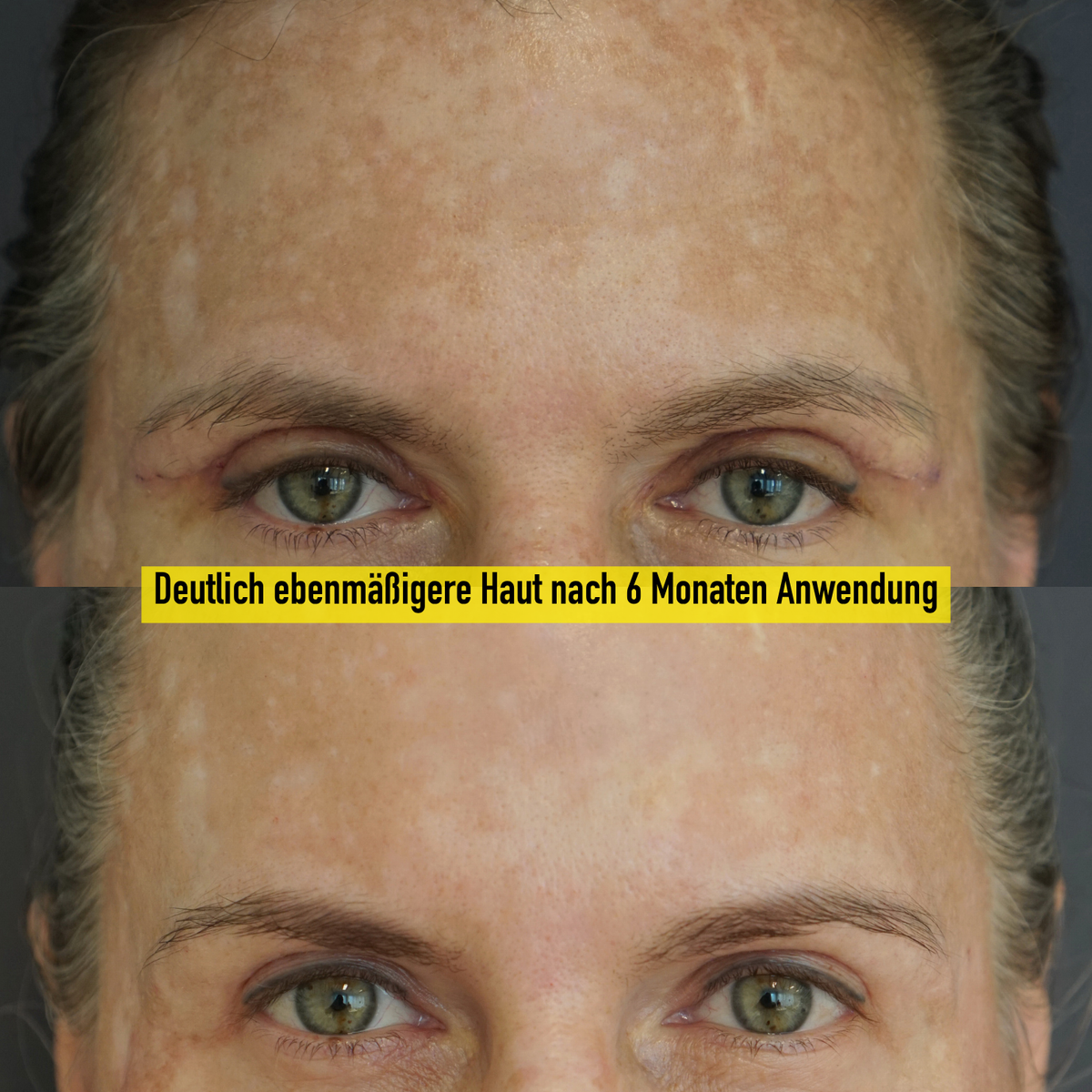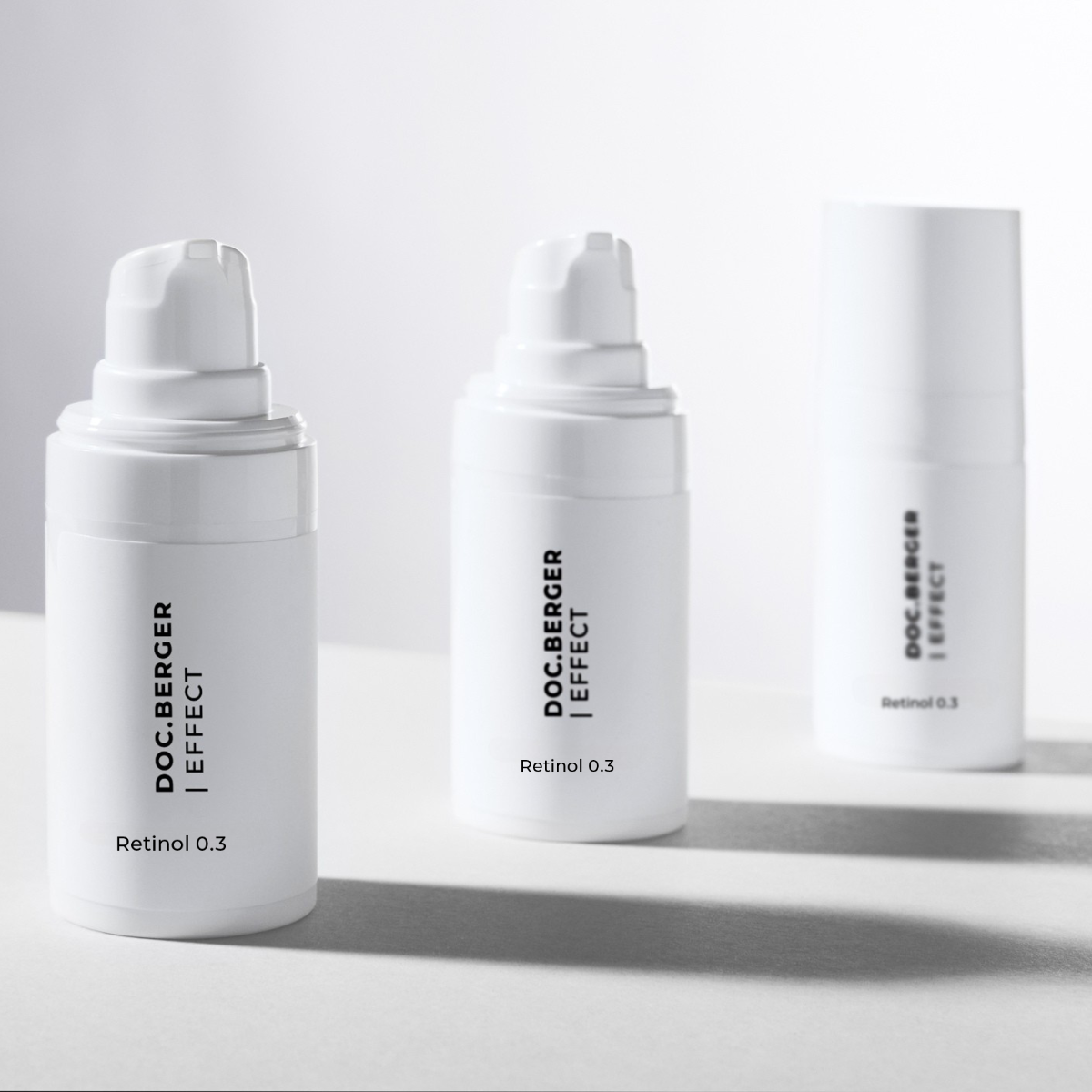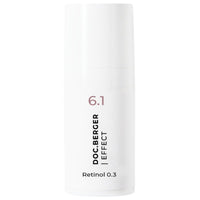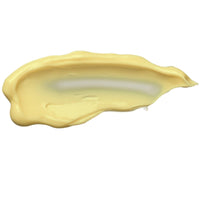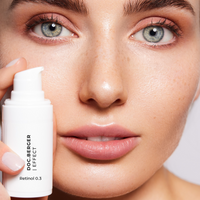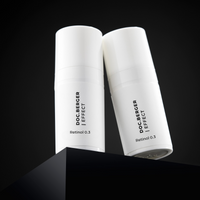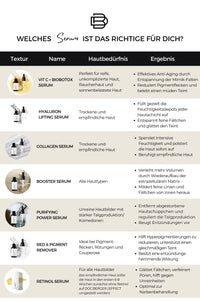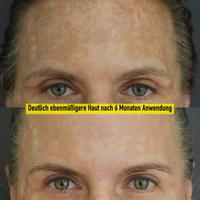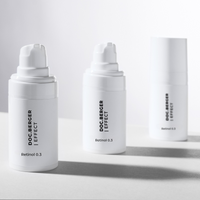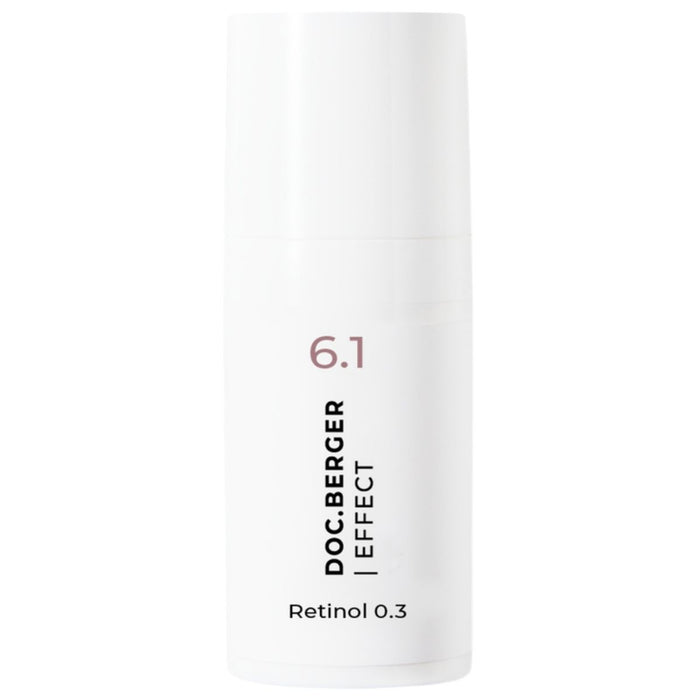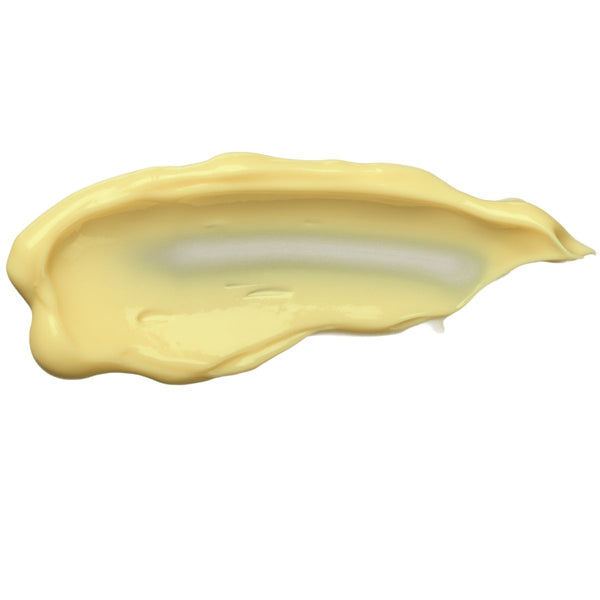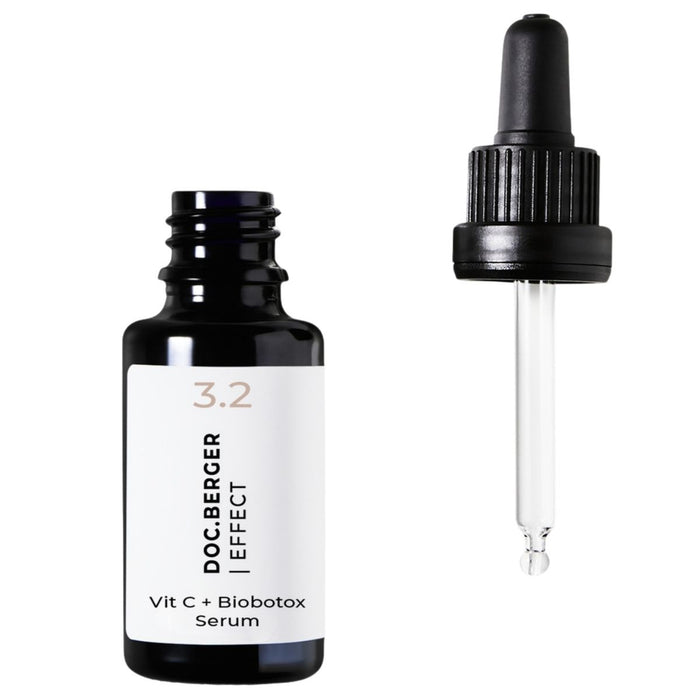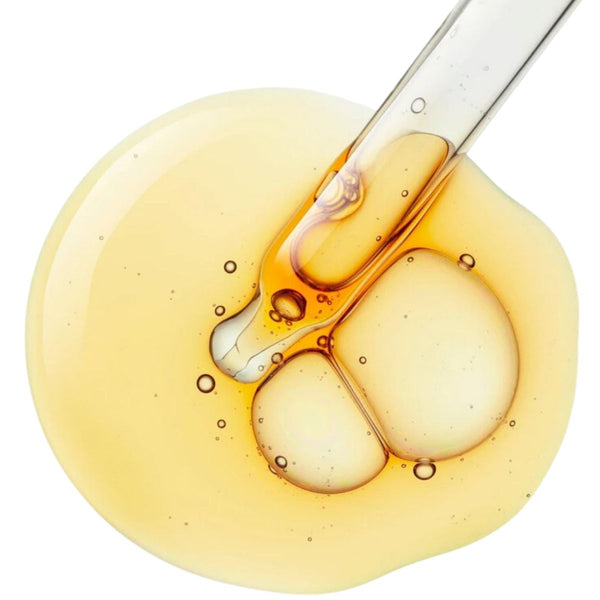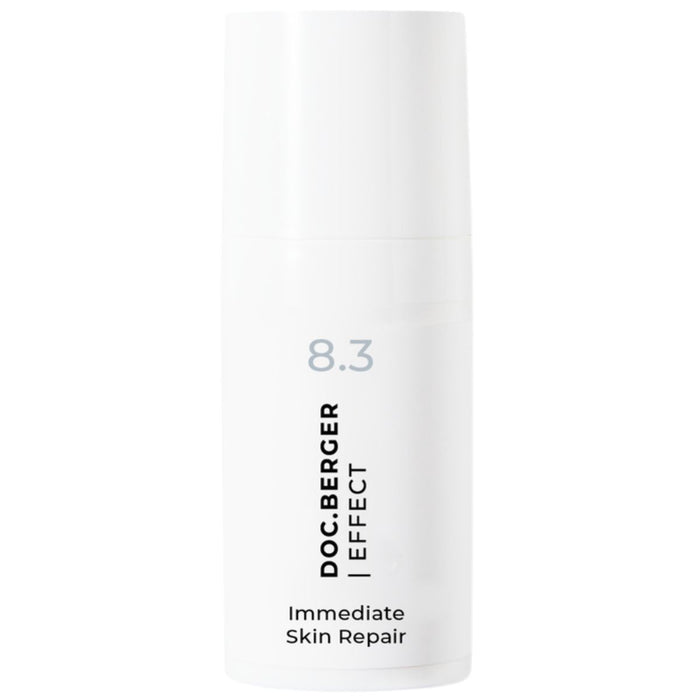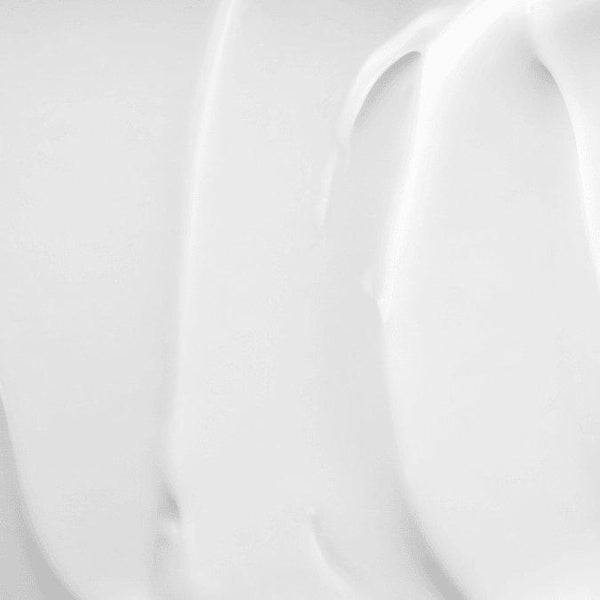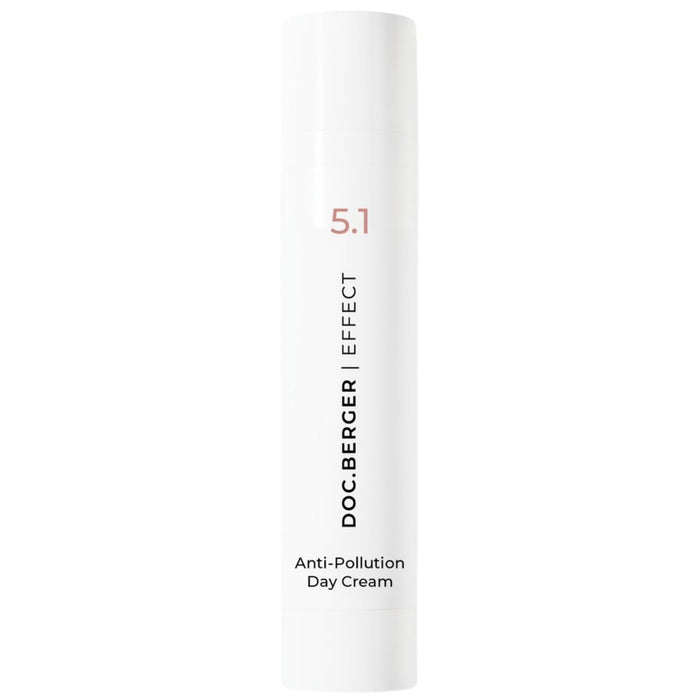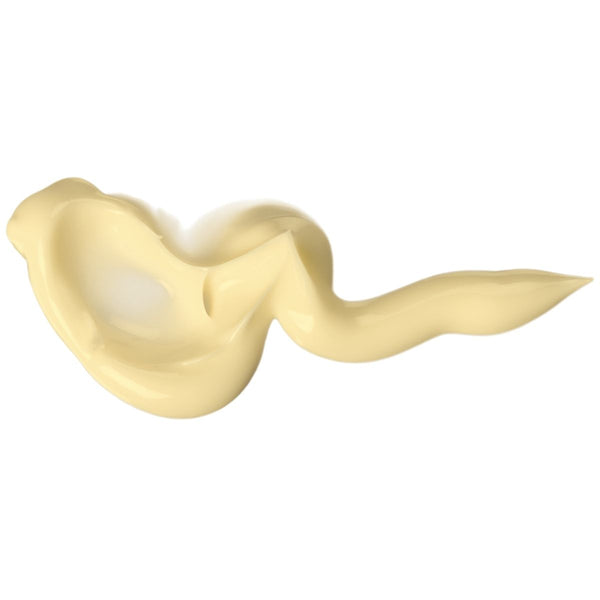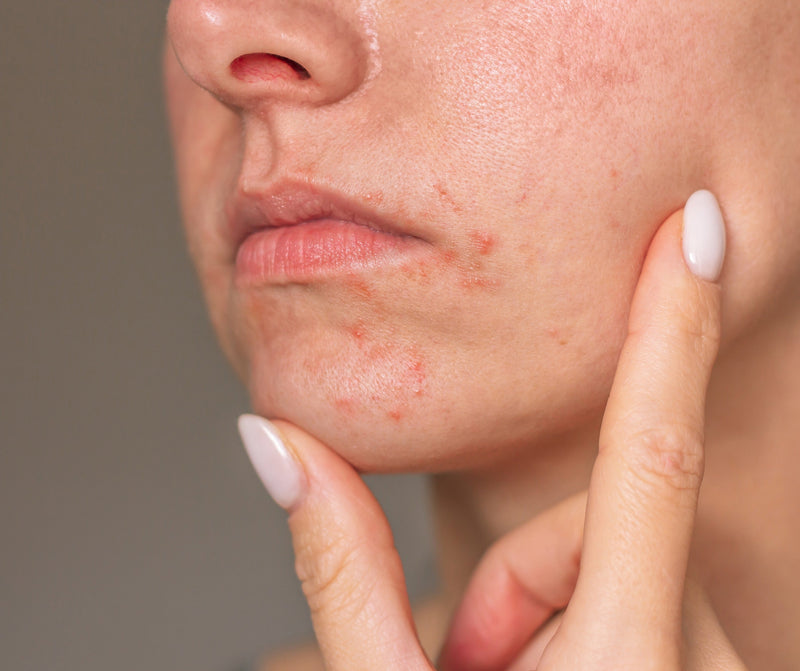Professional Treatments for Stubborn Scars
Sometimes, even the most effective skincare routine isn't enough to significantly reduce deep or particularly noticeable scars. In such cases, professional treatments can offer meaningful improvements. Dermatologists and skincare experts provide various targeted methods that can significantly reduce scar visibility.
1. Microneedling – collagen stimulation through micro-injuries
Microneedling uses fine needles to create micro-injuries in the skin, triggering collagen production and tissue renewal. This method is especially effective for atrophic scars, such as those caused by acne.
Benefits:
• Reduces scar depth.
• Improves skin texture and elasticity.
• Enhances the absorption of skincare products post-treatment.
2. Laser treatments – precise skin regeneration
Laser therapies are among the most effective methods for targeting scar tissue. Depending on the type of scar, either the outer skin layer is removed or deeper layers are stimulated to produce collagen.
Types of lasers:
• Ablative lasers remove the top layer of skin, smoothing hypertrophic or raised scars.
• Non-ablative lasers penetrate deeper skin layers to stimulate regeneration without damaging the surface.
Benefits:
• Highly effective for hypertrophic and atrophic scars.
• Can be combined with other treatments, such as microneedling.
3. Chemical peels – gentle resurfacing
Chemical peels use acids such as glycolic or salicylic acid to remove the outer layers of skin. This treatment is ideal for reducing pigmentation and superficial scarring.
Benefits:
• Encourages cell renewal and reveals fresh, healthy skin.
• Refines skin texture and evens out skin tone.
4. Cortisone injections – flattening raised scars
For hypertrophic scars and keloids, cortisone injections can be a powerful option. The active ingredient reduces excess tissue and makes the scar flatter and less noticeable.
Benefits:
• Particularly effective for raised scars.
• Visible improvements often after just a few sessions.
5. Fillers – volumizing atrophic scars
Sunken scars, such as atrophic or acne scars, can be lifted with hyaluronic acid-based fillers. They even out the skin’s surface by adding volume.
Benefits:
• Instant visible results.
• Especially suitable for smaller depressions.
Combining Treatments and Skincare
While professional treatments can dramatically reduce scars, proper skincare remains essential to maintain results and strengthen the skin long-term. A combination of both – consistent home care with products like the Vitamin C + Biobotox Serum and targeted use of retinol – gives your skin the support it needs to regenerate over time.
When Is the Right Time for a Professional Treatment?
Professional treatments are most effective when the scar is no longer fresh but still in the active healing phase. For older or more persistent scars, consulting a dermatologist can help you find the most suitable and effective method.




